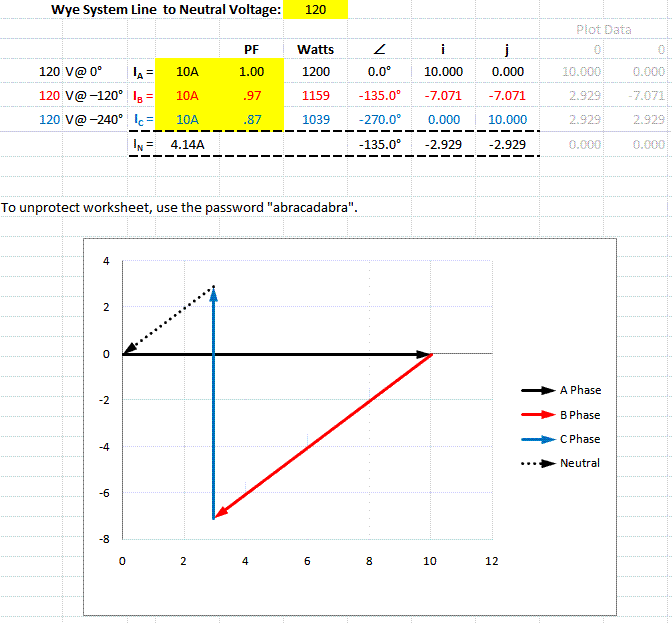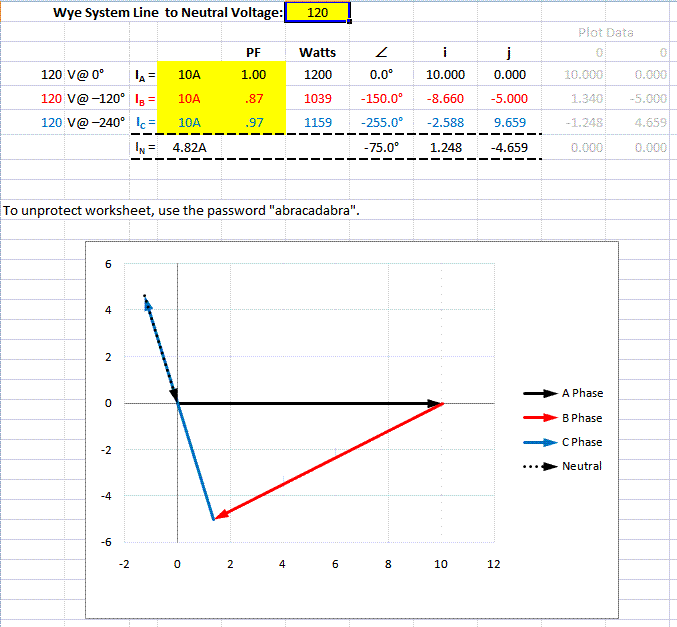Am I wrong in my thinking?
Not in one sense... and that is, if all three loads exhibited the same power factor, the magnitude of the neutral current would not change when changing the sequence of the loads. In all other cases, where the loads exhibit at least one differing power factor, the neutral current's magnitude will likely change.



